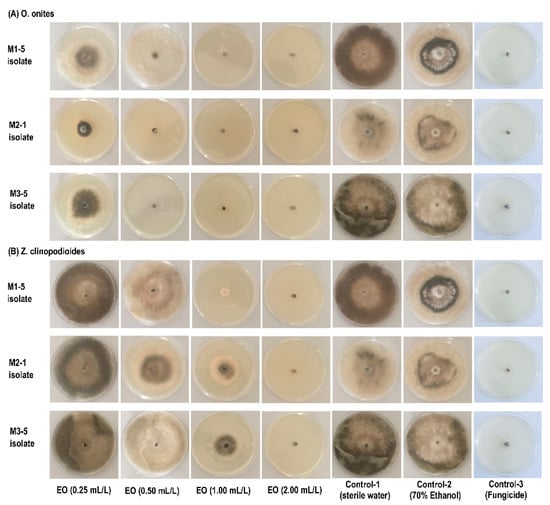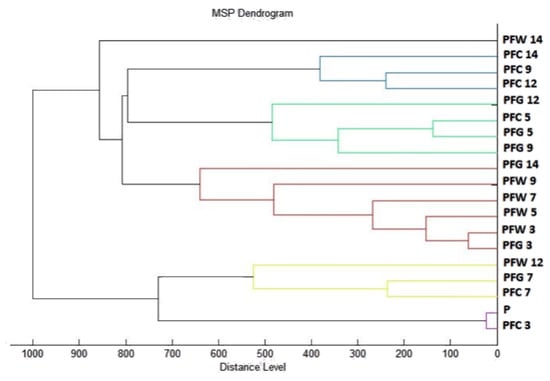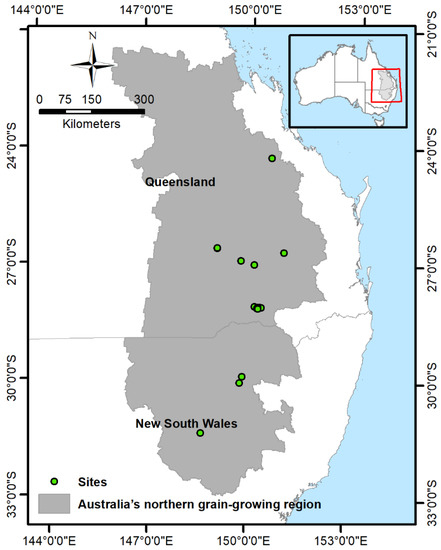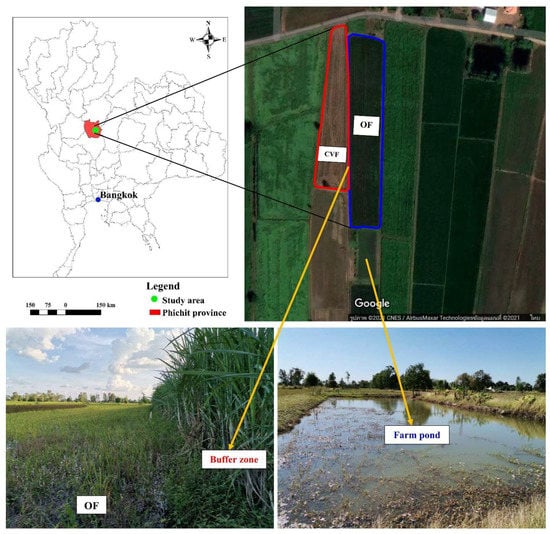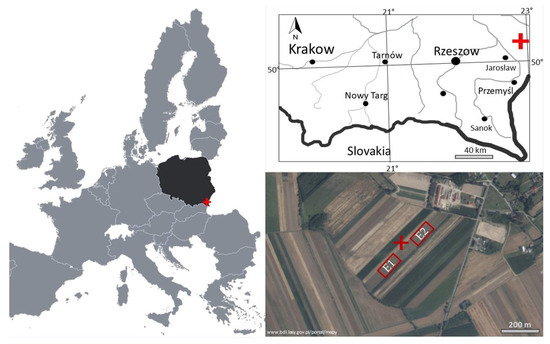Agronomy 2022, 12(2), 391; https://doi.org/10.3390/agronomy12020391 - 4 Feb 2022
Cited by 63 | Viewed by 5730
Abstract
The real-time detection of banana bunches and stalks in banana orchards is a key technology in the application of agricultural robots. The complex conditions of the orchard make accurate detection a difficult task, and the light weight of the deep learning network is
[...] Read more.
The real-time detection of banana bunches and stalks in banana orchards is a key technology in the application of agricultural robots. The complex conditions of the orchard make accurate detection a difficult task, and the light weight of the deep learning network is an application trend. This study proposes and compares two improved YOLOv4 neural network detection models in a banana orchard. One is the YOLO-Banana detection model, which analyzes banana characteristics and network structure to prune the less important network layers; the other is the YOLO-Banana-l4 detection model, which, by adding a YOLO head layer to the pruned network structure, explores the impact of a four-scale prediction structure on the pruning network. The results show that YOLO-Banana and YOLO-Banana-l4 could reduce the network weight and shorten the detection time compared with YOLOv4. Furthermore, YOLO-Banana detection model has the best performance, with good detection accuracy for banana bunches and stalks in the natural environment. The average precision (AP) values of the YOLO-Banana detection model on banana bunches and stalks are 98.4% and 85.98%, and the mean average precision (mAP) of the detection model is 92.19%. The model weight is reduced from 244 to 137 MB, and the detection time is shortened from 44.96 to 35.33 ms. In short, the network is lightweight and has good real-time performance and application prospects in intelligent management and automatic harvesting in the banana orchard.
Full article
(This article belongs to the Collection Advances of Agricultural Robotics in Sustainable Agriculture 4.0)
►
Show Figures


